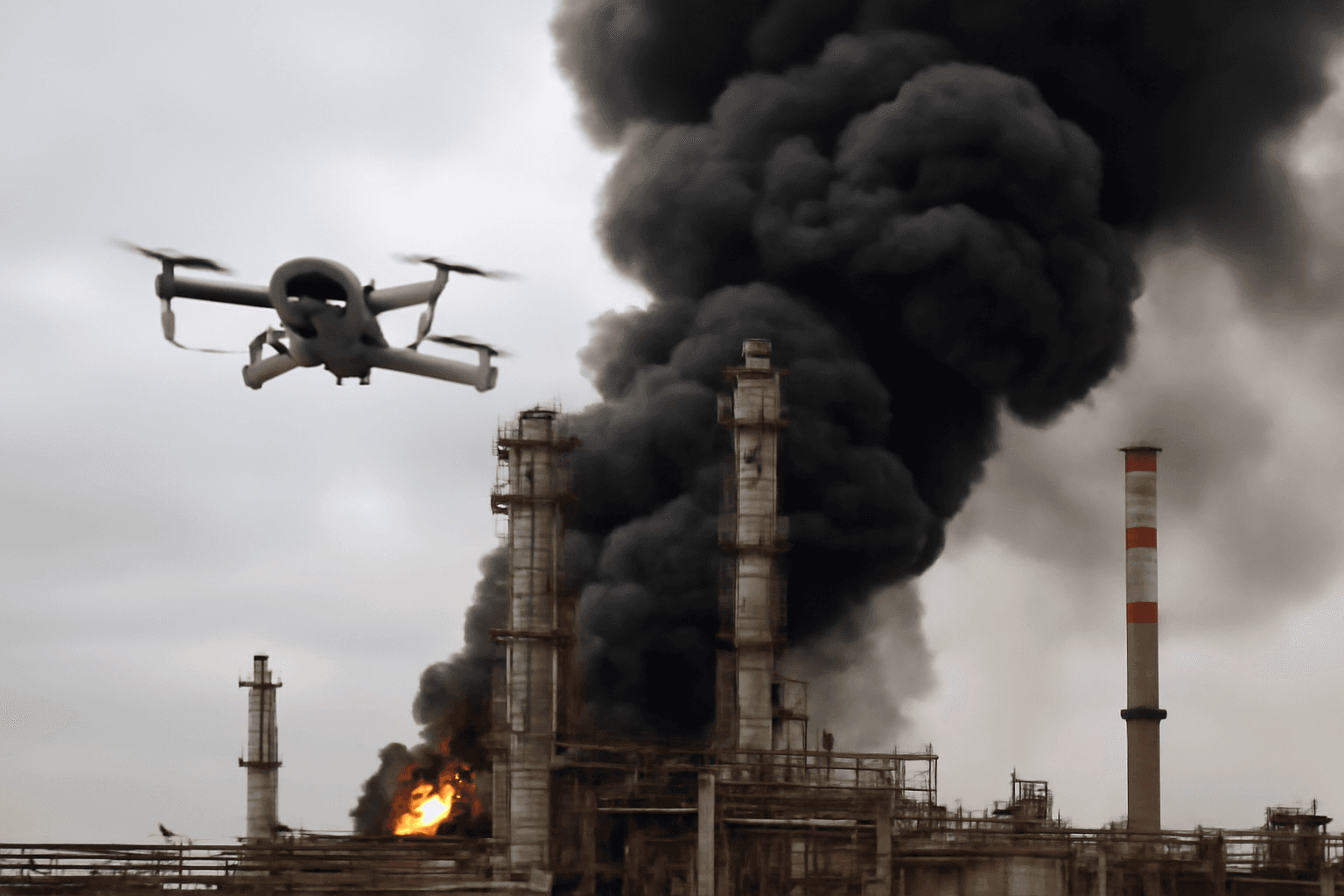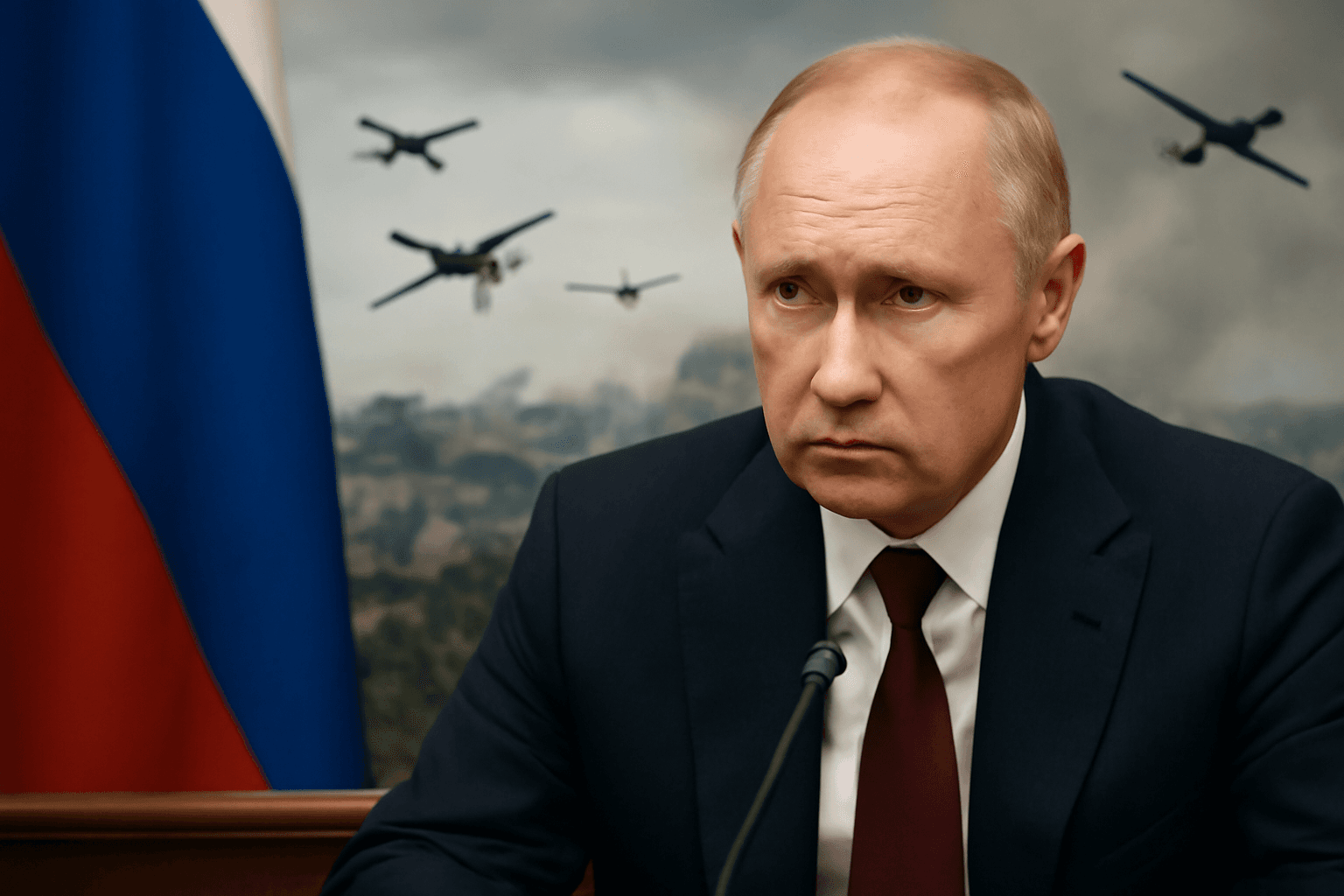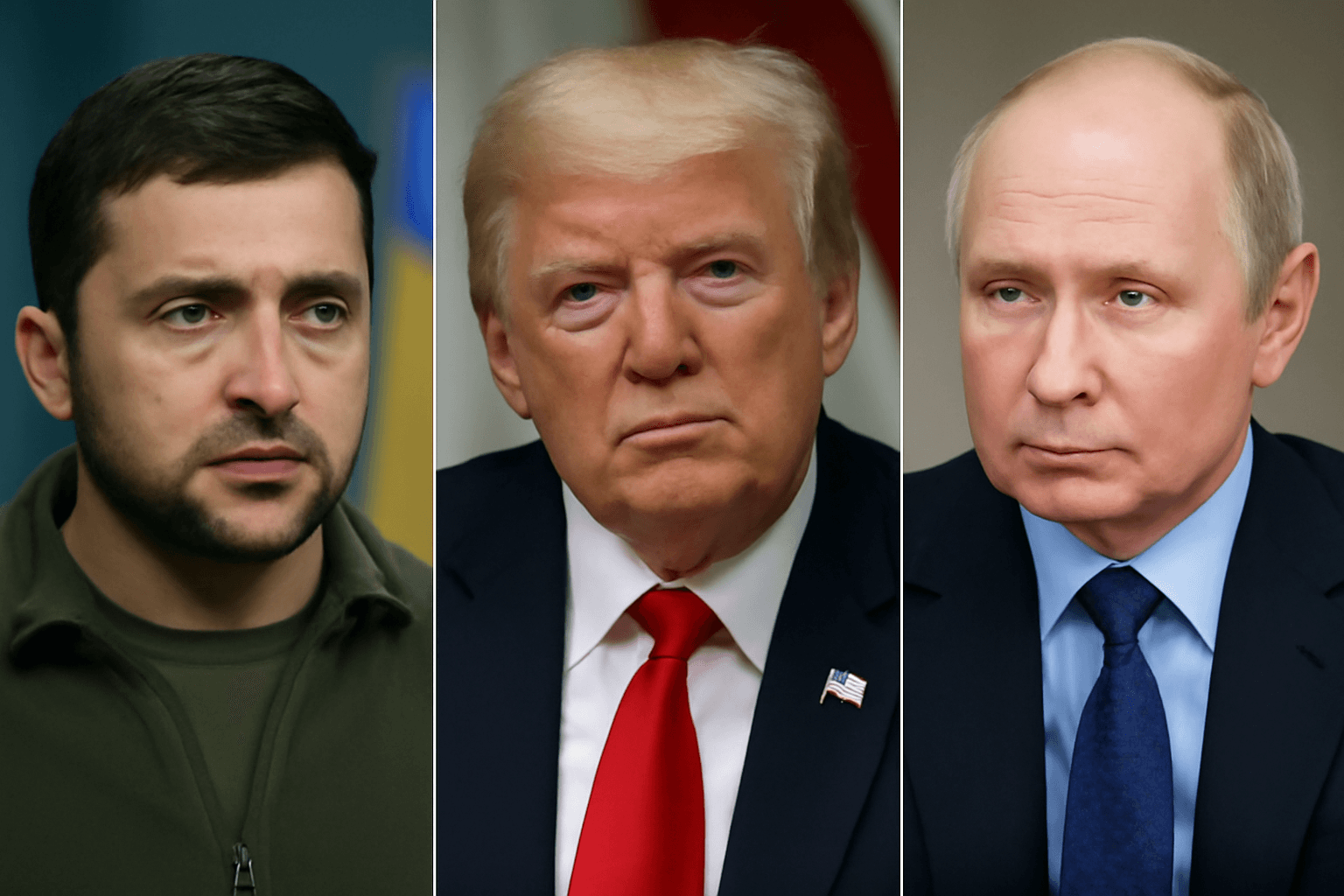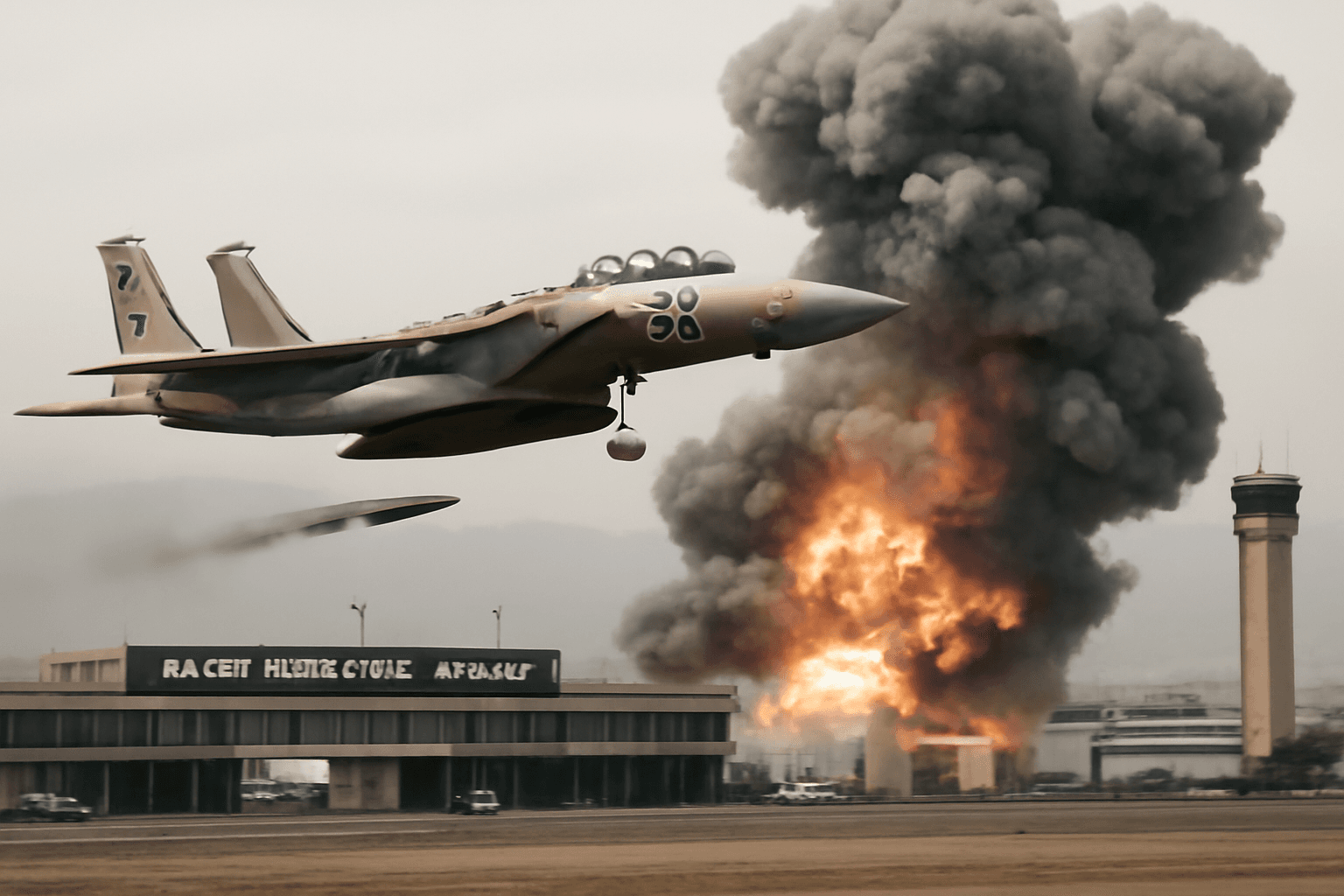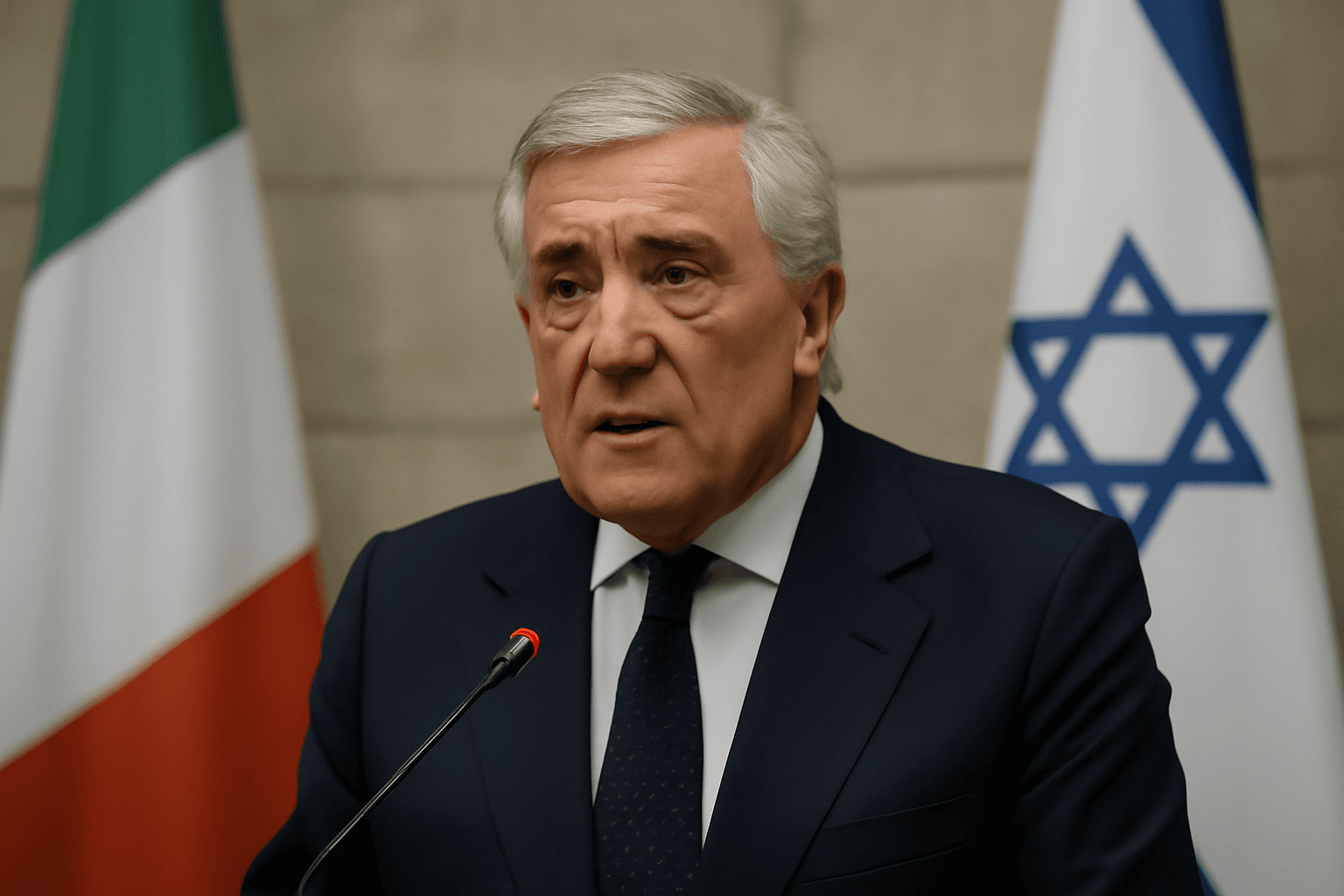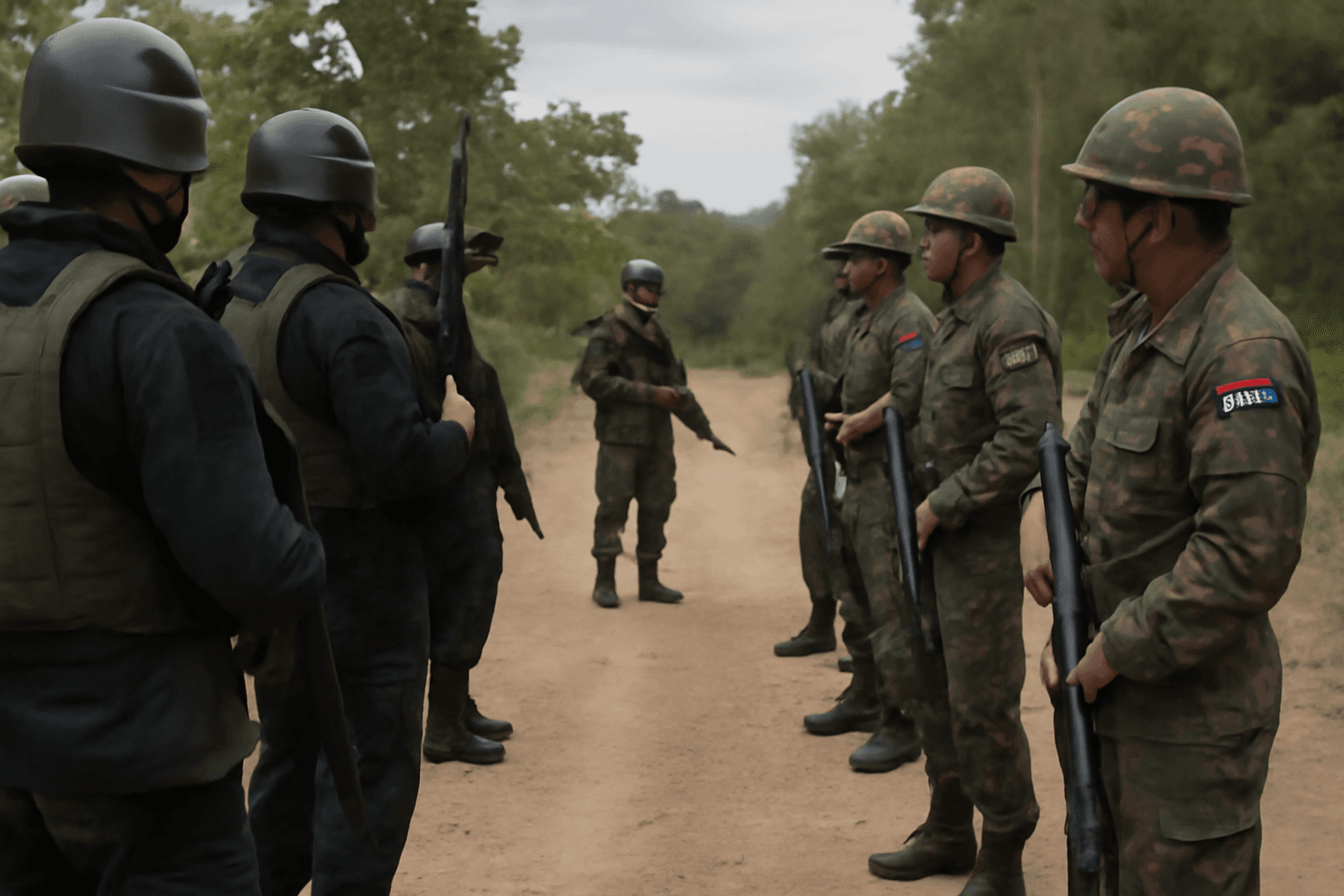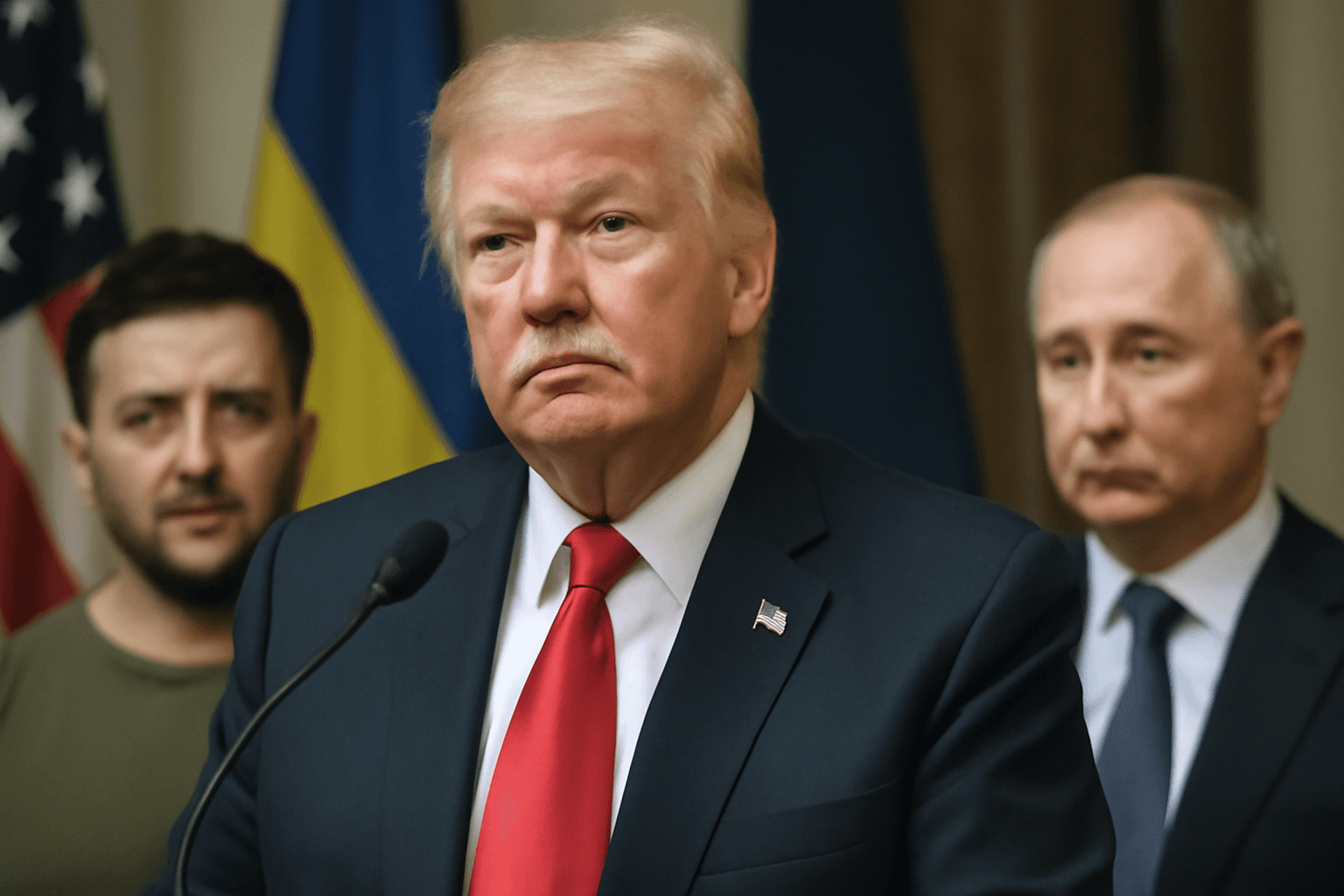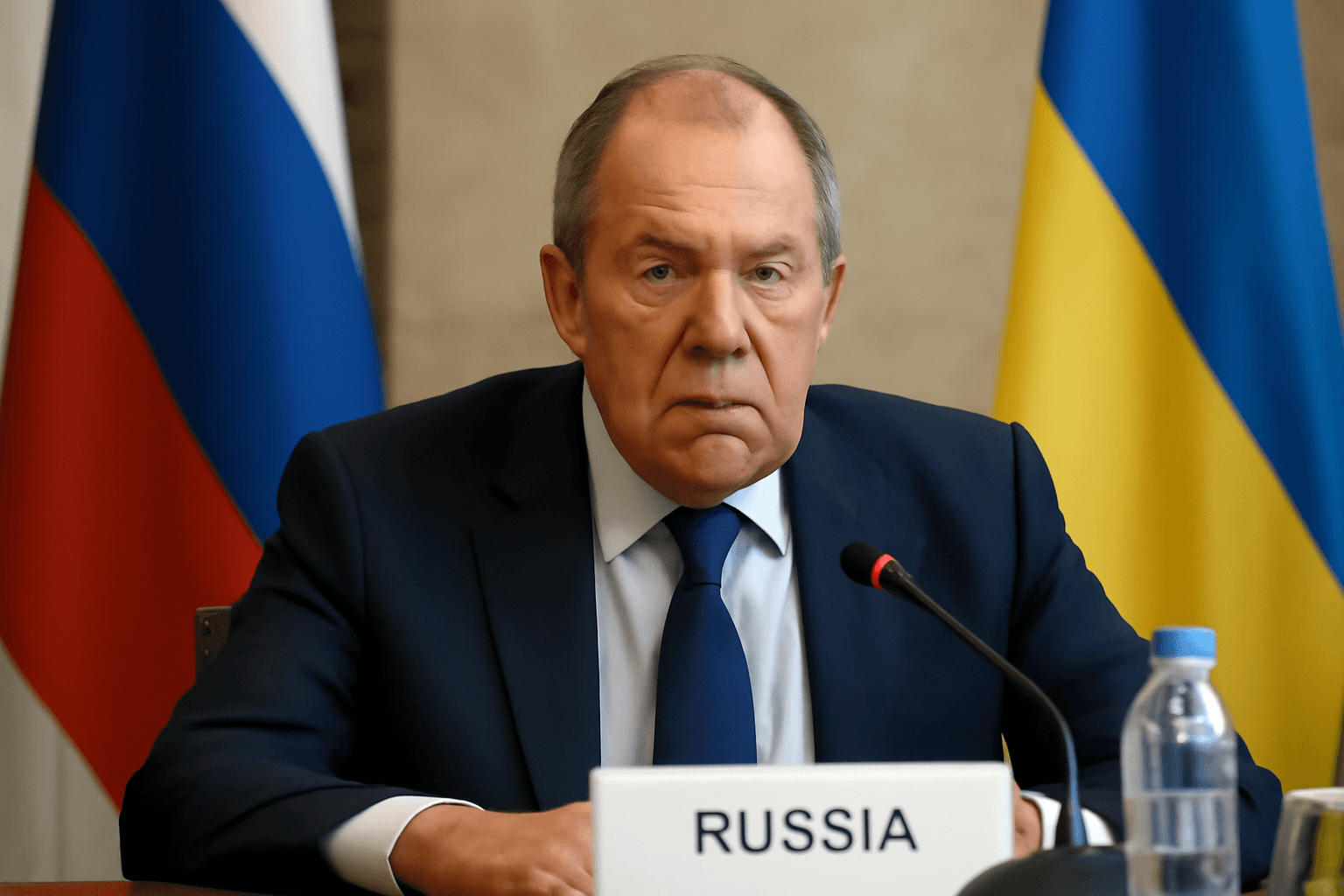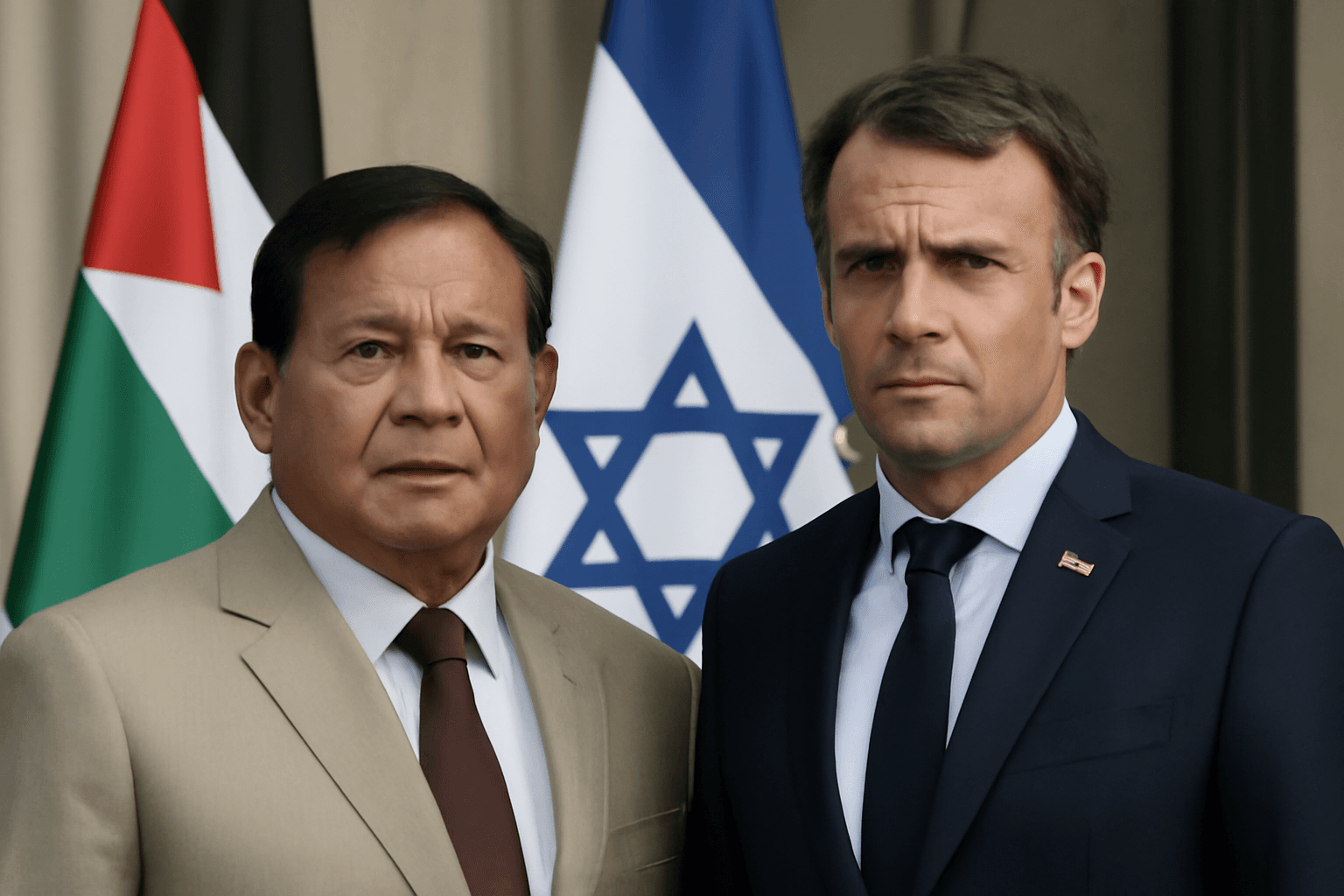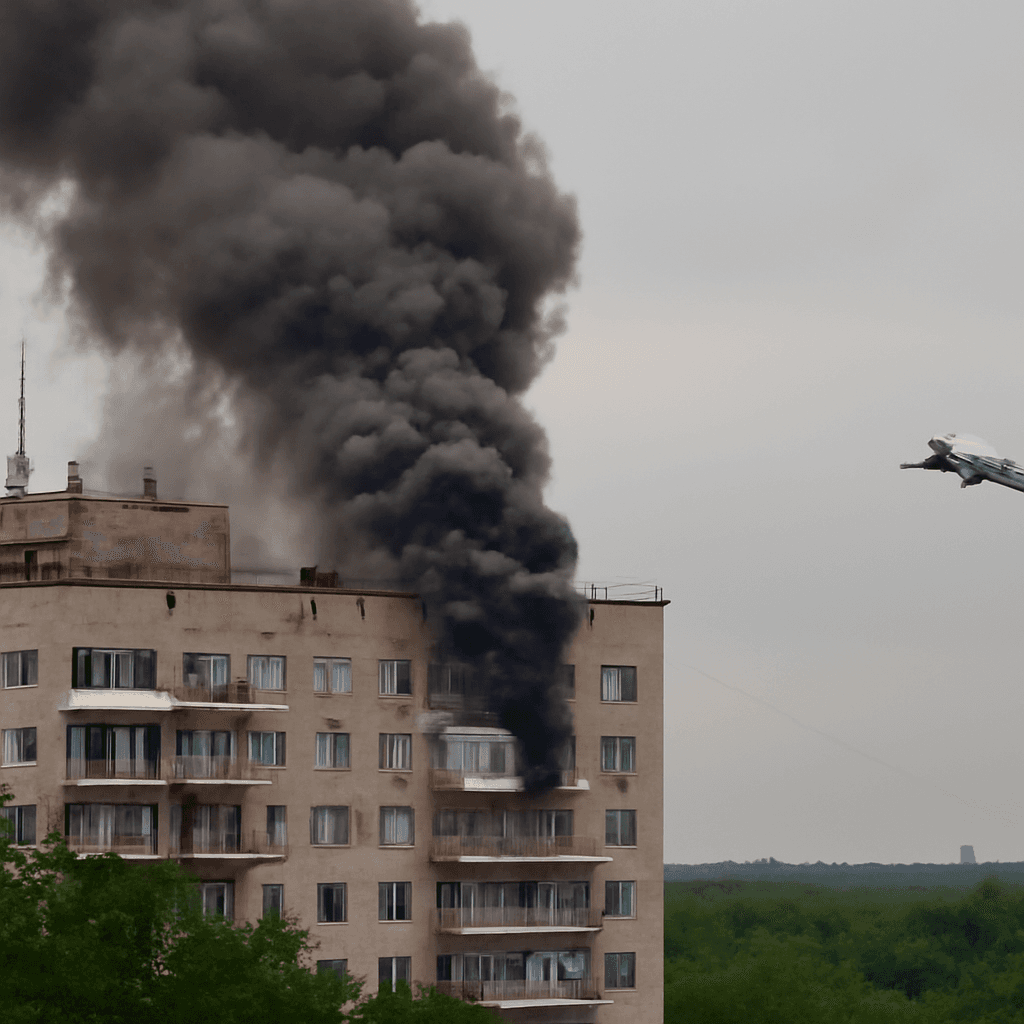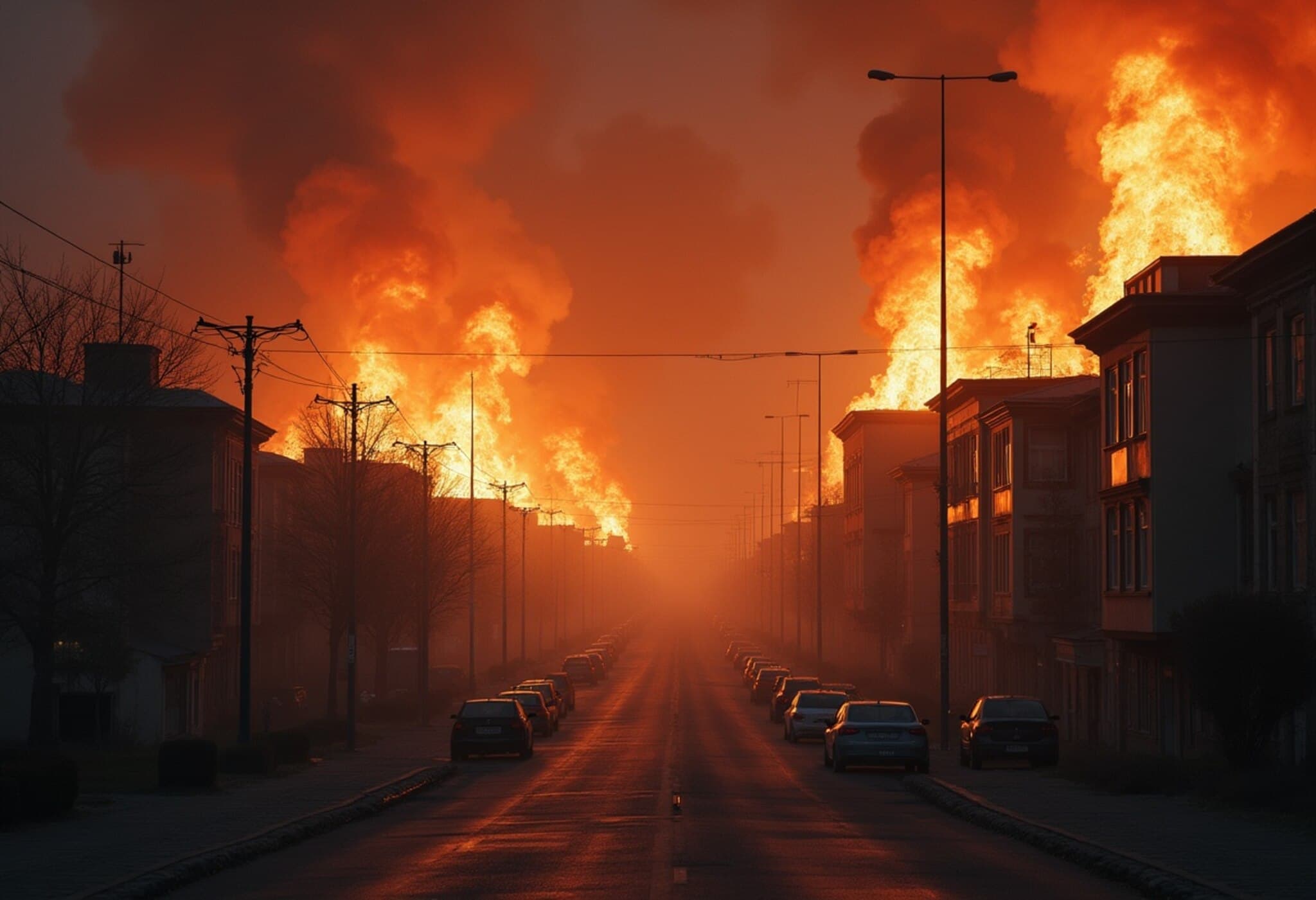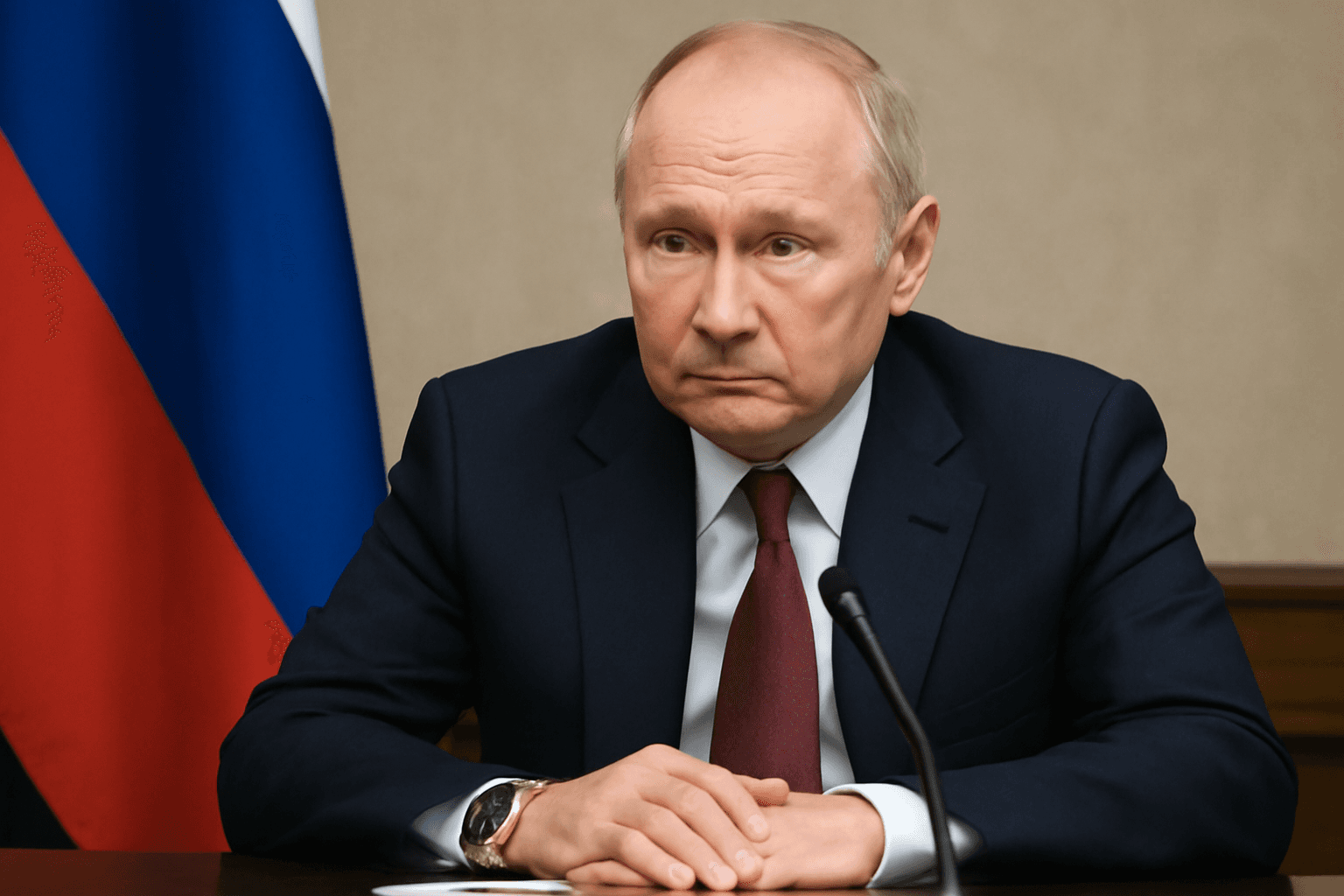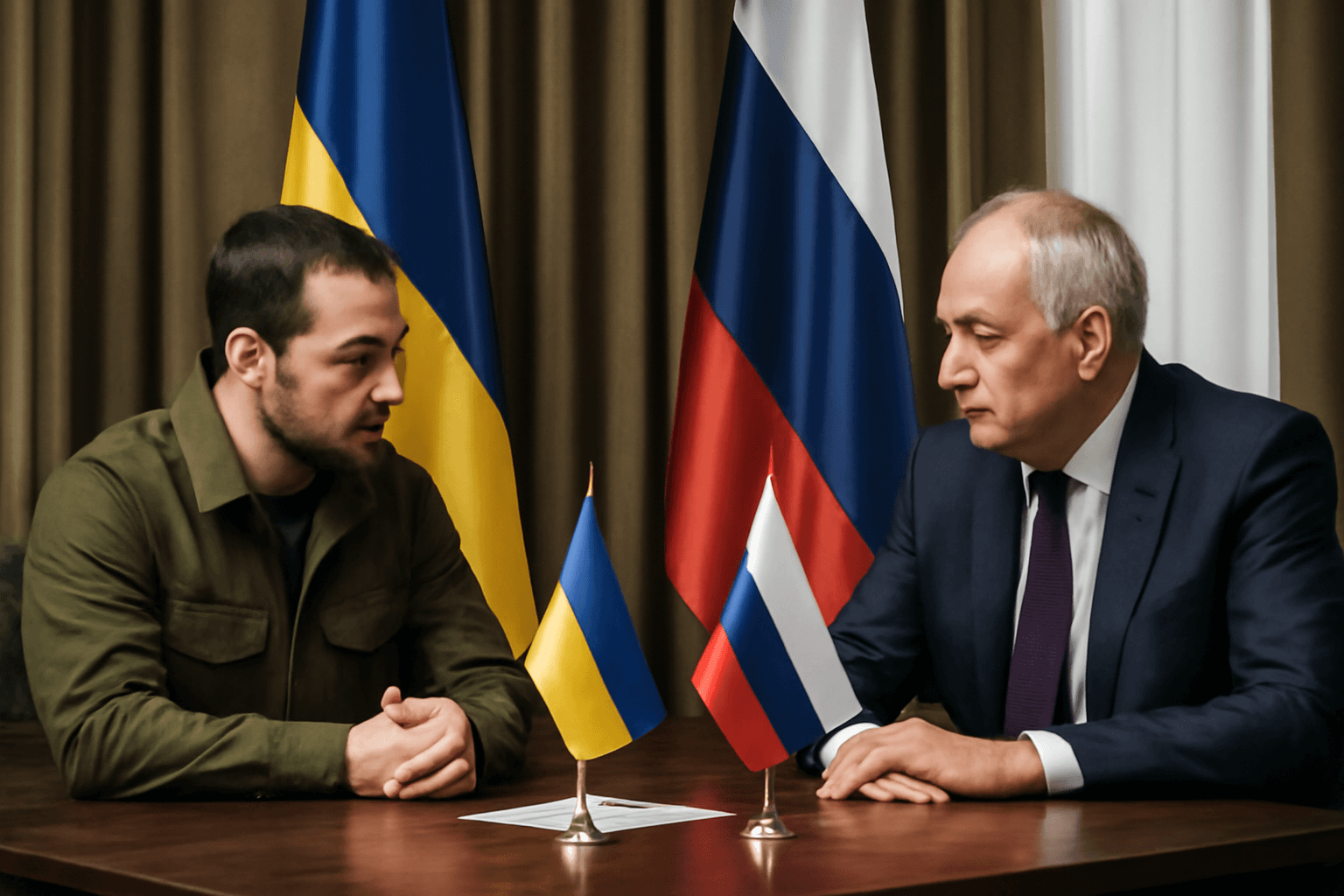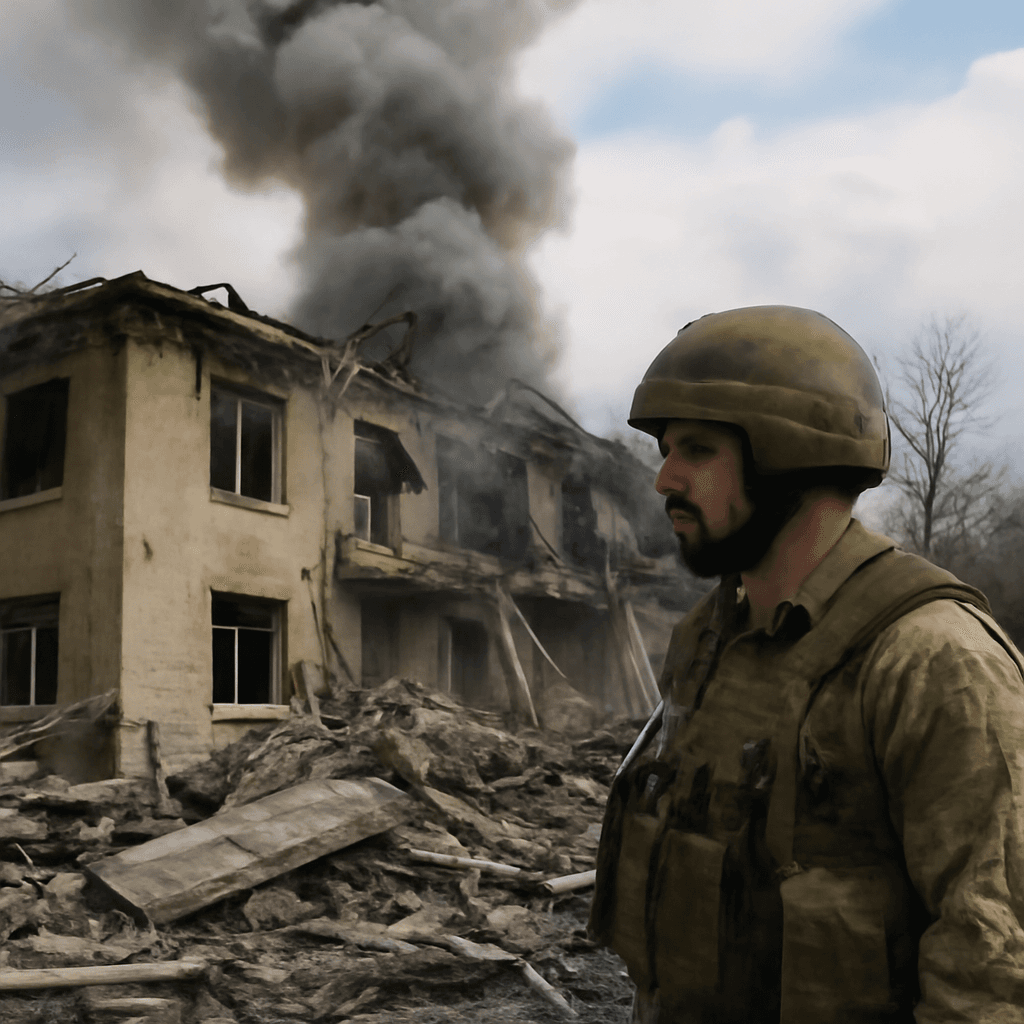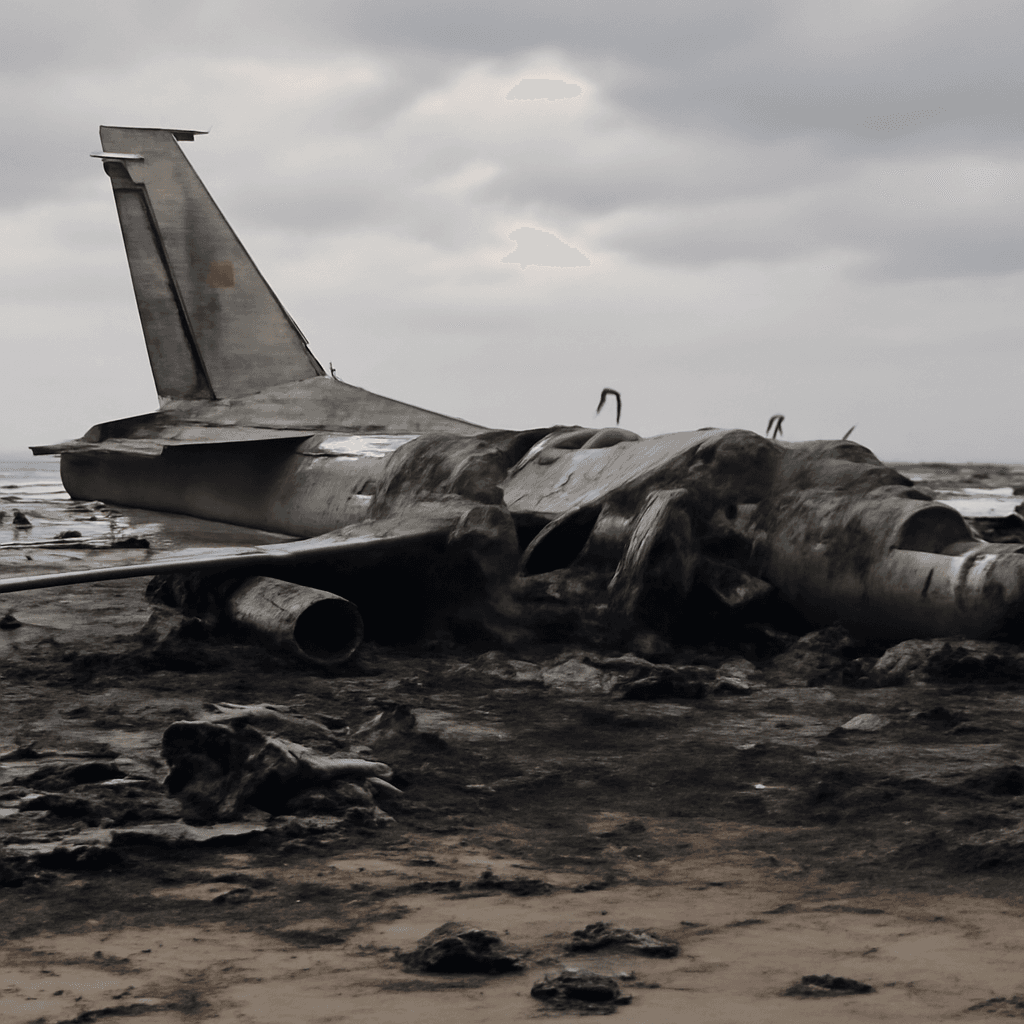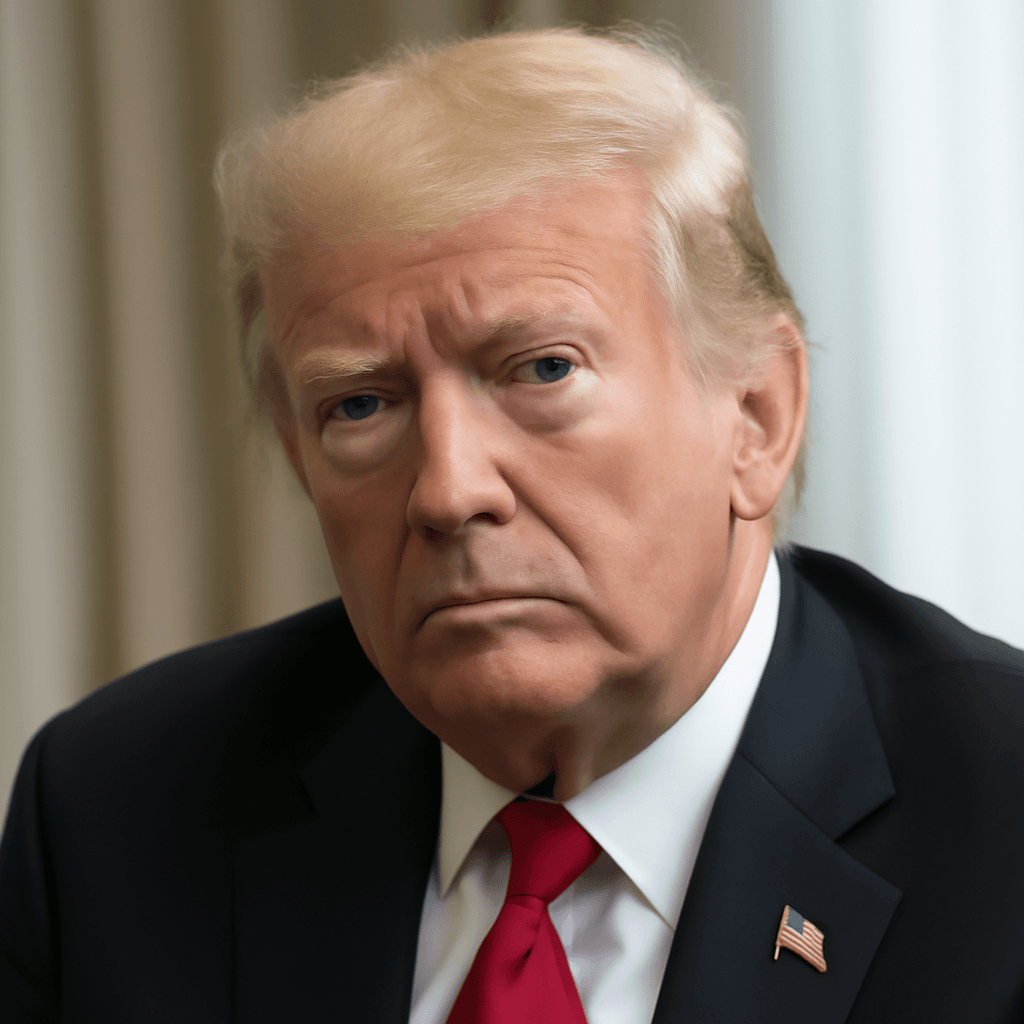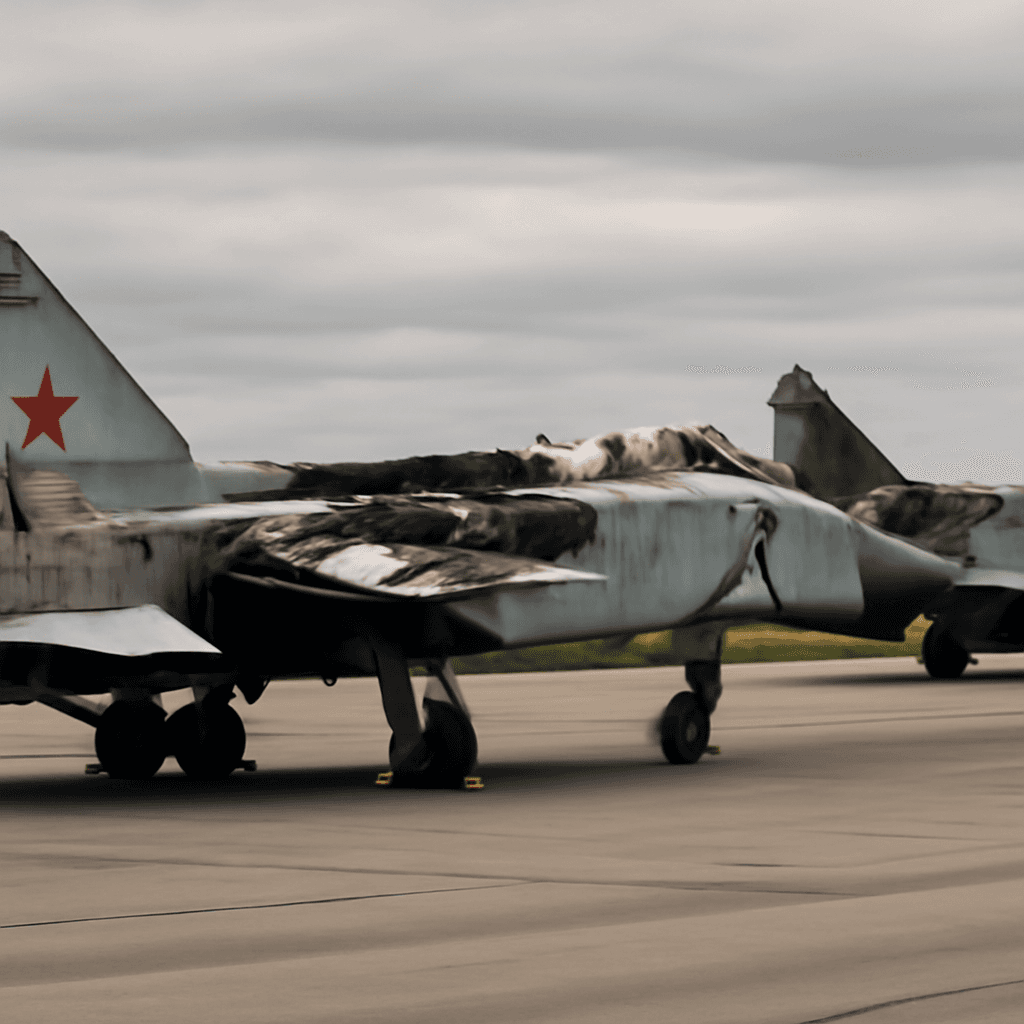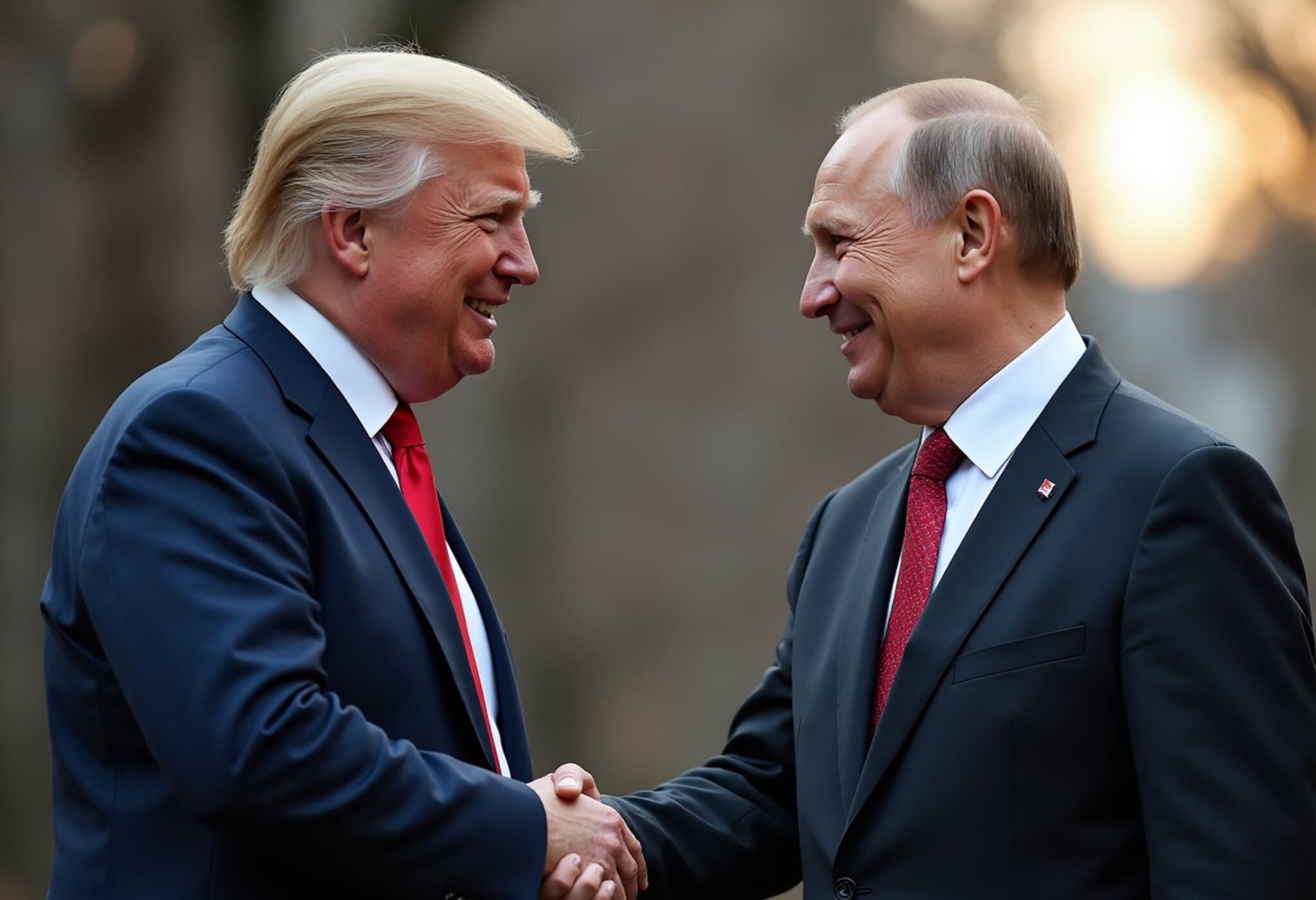Intensifying Drone Strikes Shadow Trump-Putin Meeting
As the world watches with bated breath, drone attacks between Russia and Ukraine surged dramatically just days before a highly anticipated summit between U.S. President Donald Trump and Russian President Vladimir Putin in Alaska. This spike in hostilities underscores the grim reality that the conflict remains far from resolution, casting a shadow over diplomatic overtures.
Oil Refinery Fire in Volgograd Sparks Alarm
On August 14, 2025, Russian authorities reported a significant blaze at a major Lukoil-owned oil refinery in Volgograd after debris from intercepted Ukrainian drones ignited the facility. Thankfully, officials led by regional Governor Andrey Bocharov confirmed that no casualties have been reported so far. Prompt firefighting efforts were successful in containing the fire, but the incident highlights the growing reach of drone warfare and its collateral risks to civilian infrastructure.
Russia’s Robust Air Defenses Intercept Ukrainian Drone Swarm
Russia’s Defense Ministry revealed that its air defense units intercepted and destroyed an extraordinary number of 44 Ukrainian drones overnight, including nine targeting the Volgograd region alone. This reflects both the intensive scale of drone usage in the conflict and Russia’s determination to defend its strategic assets aggressively.
Russian Strikes on Ukrainian Military Production Facilities
Meanwhile, Russia sustained its attacks on Ukrainian military-industrial capabilities. Last month, Russian forces launched precise missile and drone strikes against several key Ukrainian missile plants, weapons design bureaus, and rocket fuel factories, particularly in the Dnipropetrovsk and Sumy regions. These strikes reportedly destroyed advanced Western missile defense systems, including Patriot launchers and fire control radars, which Ukraine had deployed to shield its production sites.
The Russian Defense Ministry framed these operations as preventive measures against an alleged Kyiv initiative, supported by Western allies, to produce missiles capable of striking deeper inside Russia. This narrative feeds into the larger geopolitical struggle for military superiority and influence between Russia, Ukraine, and their respective allies.
The Alaska Summit: Diplomacy Amidst Hostilities
The spike in kinetic operations swiftly precedes the high-profile Alaska summit between Donald Trump and Vladimir Putin, expected to focus on the protracted Ukraine war. Trump has publicly committed to seeking an end to the conflict, but the summit’s timing amid intensified attacks raises pressing questions about its potential effectiveness.
Notably, Ukrainian President Volodymyr Zelenskyy’s exclusion from the talks has sparked unease among allied European nations and Ukraine itself, who worry that decisions about Ukraine’s future might be made without its direct input. This sidelining of Ukraine's leadership risks undermining the legitimacy and outcomes of the negotiations.
Experts Weigh In
- Security Analyst Perspective: The escalation in drone warfare signifies a new era of conflict where non-state actors and state militaries alike leverage unmanned technologies to strike with precision and deniability, complicating traditional defense postures.
- Policy Implications: The Alaska summit could pivot either as a breakthrough in peace talks or a diplomatic setback depending on transparency, inclusion of key stakeholders, and adherence to international law.
- Human Impact: Continuous attacks on civilian infrastructure like oil refineries threaten not only environmental safety but also the livelihoods of ordinary people caught in the crossfire.
Looking Ahead
As drone engagements soar and diplomatic talks commence, the situation remains perilous. Observers must watch for meaningful dialogue that prioritizes human security and regional stability over geopolitical rivalry.
Editor’s Note
This latest exchange of drone attacks starkly illustrates the complexity of achieving peace amid active and intensifying hostilities. While high-level summits present opportunities for dialogue, excluding key parties and overlooking the evolving nature of warfare—such as the prominent use of drones—may undermine prospects for durable solutions. Readers should consider how emerging military technologies and diplomatic strategies intertwine, shaping the future not just of Ukraine and Russia, but global security architectures.

